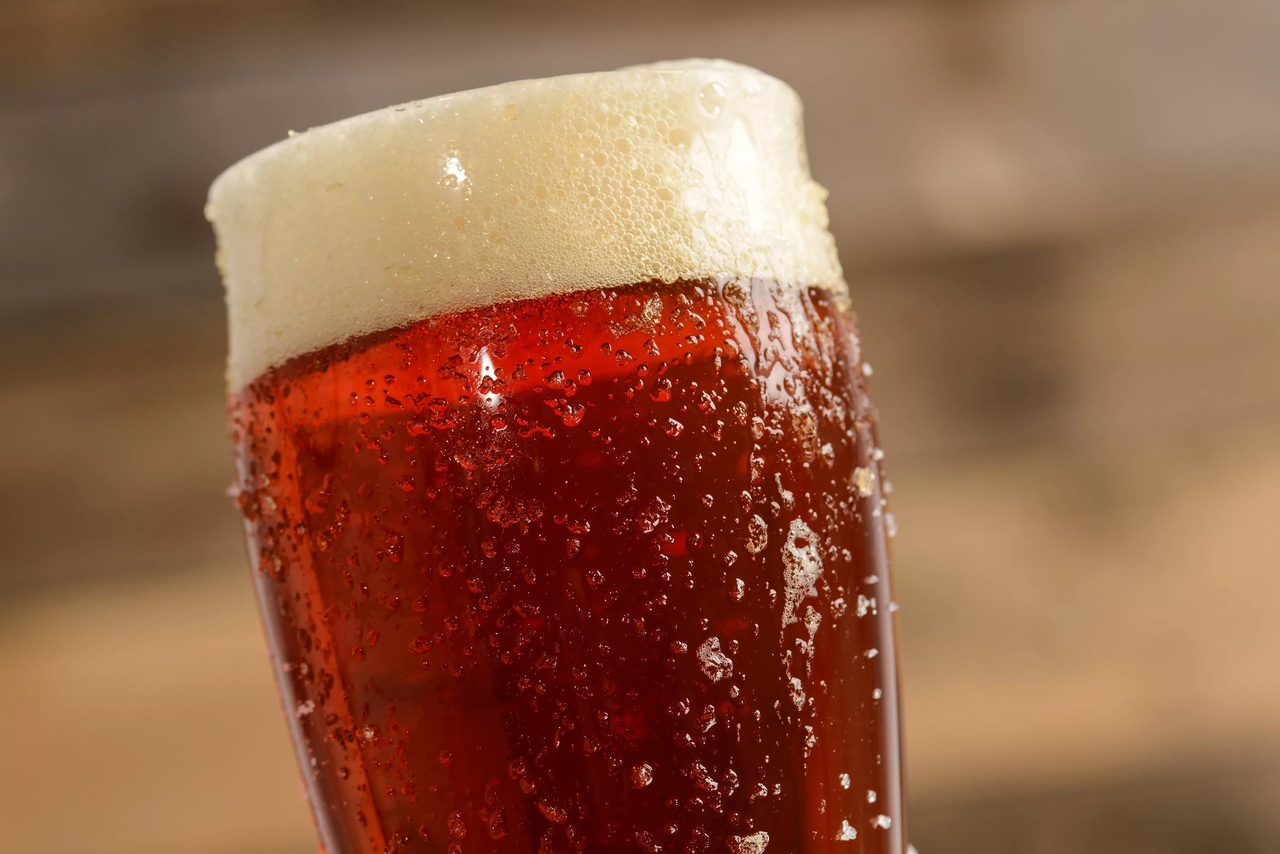This is one of the most asked questions about beer. Many answers have been offered on the differences between Lager and Ale but most of them are outright misleading.
Let us look at the four most given answers and dissect them to see if they is some truth to them and also demystify the myths along the way.
#1 Ale is made using top fermenting yeast while Lager is made using bottom fermenting yeast
This is not true. In case you have ever observed the fermentation process for a period of time, you will realize that the yeast activity is distributed evenly throughout the liquid.
During the process, the clear wort becomes cloudy as the yeast cells continue multiplying and feeding on the available sugars. Bubbles also rise to the top of the liquid from all points and the entire mass begins to churn violently.
Once the fermentation process is over, the yeast cells drop out of the solution making the beer to become clear again. Most yeast cells, including those of ale and lager, flocculate and end up accumulating at the bottom of the fermentation container.
The idea of top-fermenting and bottom-fermenting probably came about after observing that ale has a large, fluffy kräusen at the top of the fermenting beer while lagers have a smaller and less vigorous kräusen.
What many people don’t know is that this has nothing to do with a positional preference in the fermentation container but rather because of the fact that cool fermentations are more subtle that warm ones.
#2 Ale is fermented warm but Lager is fermented cold
There is some truth to this statement. Most Ale is actually fermented in a temperature range of 60-70°F (16-24°C) with some saison strains going through very high temperatures of between 95-100°F (35-38°C) to attenuate completely.
On the other hand, Lagers do best in temperature ranges of 45-55°F (7-13°C) but can also ferment in the temperature range of Ale.
There are three reasons why Lagers are fermented in cold temperatures.
One is the 1553 decree by the Duke of Bavaria, Albrecht V, who prohibited summer alcohol brewing which then caused the brewers to find cold-tolerant yeasts that could be used for fermentation in the Bavarian winters. This caused the Lager yeasts to evolve and they began thriving in the cold seasons.
The second reason is that cold fermentation usually suppresses most by-products of yeast fermentation hence the resulting beer is largely malt and hops concentrated.
However, this reason isn’t entirely true since we have some Lager yeasts which thrive in relatively warm temperatures and some Ale yeasts which also do well in cold conditions.
California Common strains like White Labs WLP810 and Wyeast 2112 behave like Lager up to 65°F (18°C). German ale strains used to make KÖlsch and Altbier can also function in low temperatures of between 55-60°F (13-16°C). These strains are bring a blur to the temperature conditions of both Lager and Ale.
#3 Lagers go through a special cold-conditioning phase but Ales do not
The name Lager comes from the German word lagern which means “to store” and refers to the long cold-conditioning process that comes after primary fermentation.
It is true that this cold-conditioning process is associated to lager brewing but in no way does it mean that only lager brewers do this. German ales like Altbier and Kolsch also go through a process of cold storage after fermentation.
In Brew Like a Monk, Stan Hieronymus indicates that Westvleteren’s 8 and 12 spend anywhere from 4 weeks to 10 weeks in 50°F (10°C) lagering tanks to give yeast, hops, and proteins time to settle.
In as much as most people claim that the cold-conditioning process is vital in brewing a lager, it is still possible to produce a smooth and satisfactory lager in room temperature provided that the primary fermentation is conducted in cold temperatures.
Yes, the lager will be warm-conditioned and not like the traditional ones, but that doesn’t prevent it from being an excellent lager.
In their book, Yeast: The Practical Guide to Beer Fermentation, Chris White and Jamil Zainasheff talk about the benefits of the lagering phase in which they state that every beer improves with some period of cold conditioning. This happens regardless of the strain used in fermenting.
They also gave the reasons for lagering as stated by Jean De Clerk in his book A Textbook of Brewing. (1957). Some of the reasons they outlined include:
- To allow turbid matter and yeast to settle
- To improve flavor
- To carbonate the beer with secondary fermentation
- To prevent oxidation by avoiding oxygen pick up
- To prevent formation of haze after filtration when the beer is chilled
These aims are important to both cold-conditioned and warm-conditioned beers.
#4 Ales get fermented using strains of Saccharomyces cerevisiae while Lagers are fermented using Saccharomyces pastorianus
This is a major differentiating factor between ales and lagers. Lagers and ales are fermented using two different types of yeasts.
The ale yeast, Saccharomyces cerevisiae, is the same yeast species that is used in baking bread which is not surprising seeing that brewers and bakers have a common historical background.
On the other hand, Saccharomyces pastorianus is a microbe on its own. It is penchant for the cold and has the ability to metabolize melibiose and raffinose which are the two complex sugars that Saccharomyces cerevisiae is unable to deal with.
This metabolic capacity does not have any great implications since malt-based wort contains little to no melibiose and raffinose.
However, it still has a taxonomic impact in that it brings out the distinction between Saccharomyces cerevisiae and Saccharomyces pastorianus.
An interesting fact is that Saccharomyces pastorianus is a hybrid of Saccharomyces cerevisiae and Saccharomyces eubayanus which has been traced in Mongolia, Tibet and Patagonia. These areas are located so far away from Bavaria and it remains a wonder how Saccharomyces eubayanus found its way to Europe.
So, yes. The only significant difference between ales and lagers is the microbes used in their fermentation processes. Everything else is just mere tradition. All in all, what really matters is understanding the technical requirements of your selected yeast strain and not the name you call your beer. Great beers can be both lagers and ales. These two have so much in common than meets the eye.

